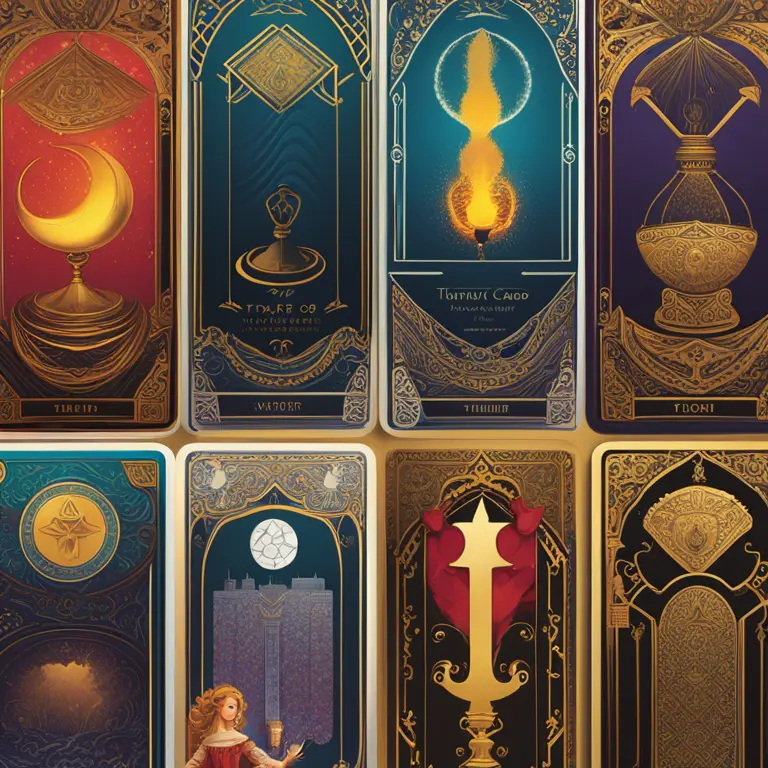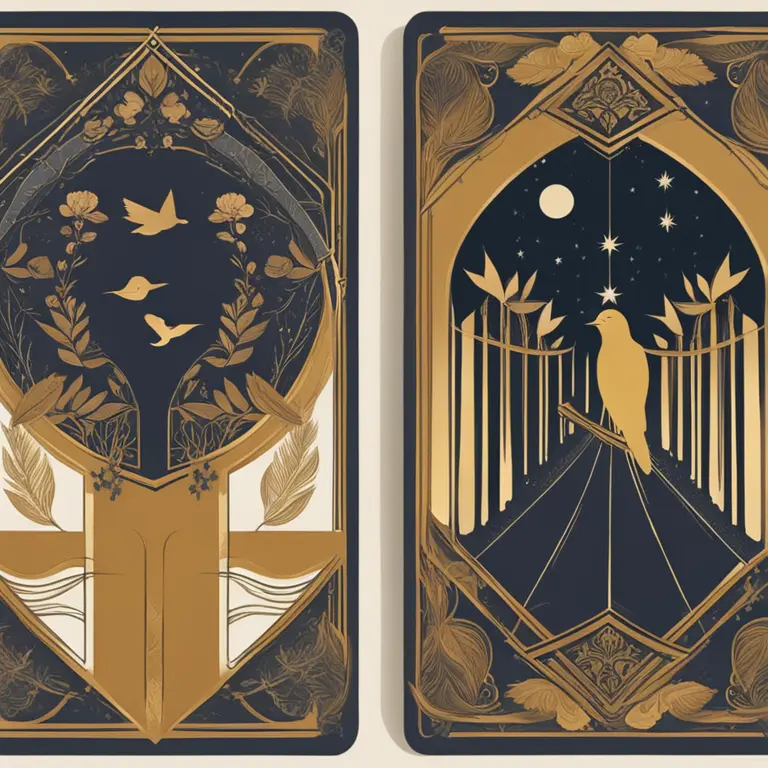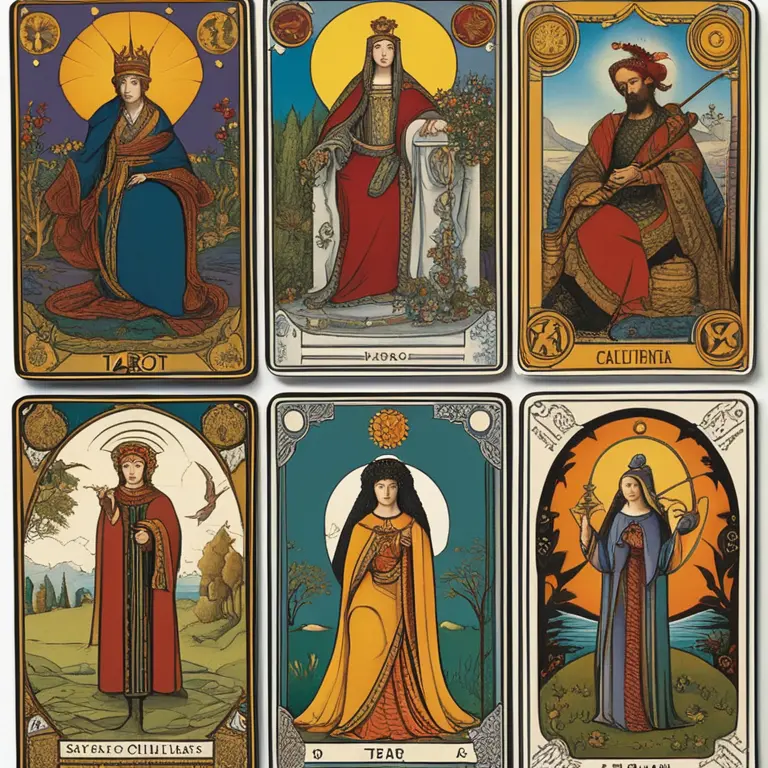
The Roots of Tarot
The origins of tarot cards are steeped in mystery and intrigue. Tarot cards first surfaced in the mid-15th century in various European countries, primarily Italy, France, and Austria. Originally, they served as playing cards, featuring the standard suit signs alongside additional trump cards—a conception that predated their use in divination. At this early stage, multiple designs and styles were conceived by different artisans, making it challenging to pinpoint a single designer.

The Transition to Mysticism
It wasn't until centuries later that tarot cards became synonymous with mysticism. The shift from game to divination tool is attributed to the late 18th century when French and English occultists ascribed deeper esoteric meaning to the cards. Figures like Jean-Baptiste Alliette, also known as Etteilla, and Arthur Edward Waite, who created the Rider-Waite deck (illustrated by Pamela Colman Smith in 1909), became key in developing the tarot's mystical connections. These decks, with distinct iconography and symbolic imagery, set the foundation for modern tarot card interpretation.

Cultural Contributions
Tarot card artistry is not the creation of a single individual but a culmination of various cultural influences. The Italian Tarocchi, the French Tarot de Marseille, and the emergence of Kabbalistic allegories are just some contributions to the evolution of tarot card design. These decks reflected regional art styles, religious ideologies, and political climates. Their creators remain largely unknown, yet each card engraver or painter added layers of meaning and beauty to the tarot legacy.

Modern Tarot Creators
In the contemporary era, tarot artists continue to emerge, creating diverse and inclusive decks. The late 20th and early 21st centuries have seen a resurgence of interest in tarot, with designers drawing inspiration from various genres, cultures, and artistic movements. These modern-day creators often seek to empower users with tools for personal growth, aligning with the individualistic ethos of our times. The year 2024 and beyond promises an even more eclectic range of tarot decks reflecting the zeitgeist of the age.
Astrological Alignments and Tarot
Astrological correlations play a significant role in the symbolism found in tarot cards. Each card can be associated with an astrological entity, such as a planet or zodiac sign. For example, The Moon card represents the astrological sign Cancer, evoking the lunar influence on intuition and emotion. In 2024, these correlations offer a deeper dimension for users as Jupiter's transit through Aries may mirror The Emperor's card themes of authority and initiative. Similarly, Saturn's movement into Pisces may echo The Hanged Man's themes of sacrifice and enlightenment.
Published: 1/17/2024
Modified: 1/17/2024
More predictions
Come back here soon to learn more about yourself and your future


The Art of Tarot: Insights from the Cards
Delve into the mystic realm of tarot card reading and discover how this ancient practice can offer insights into your life's journey.


The Tarot Card of Gemini: A Symbolic Connection
Discover the tarot card that embodies the dynamic essence of Gemini, and how its symbolism correlates with this zodiac sign's characteristics.


The Essence of Tarot: Beyond the Supernatural?
Are tarot cards merely cards, or do they hold supernatural essence? This article delves into the mystical realm of tarot to uncover its true nature.